Build & Deploy a Custom AI Agents to Your Website


A report from Salesforce shows that 81% of customers expect faster service and 73% expect better personalisation.
Creating AI agents can help you meet these expectations and improve customer interactions. There are generally two types of AI agents are used in customer support : Knowledge base AI agents and dynamic AI agents.
With YourGPT Chatbot you can create knowledge base agents that can provide accurate information and support.
For dynamic interactions, YourGPT Chatbot Studio offers a platform to design and deploy dynamic AI agents. The studio’s visual flow builder allows you to create conversation flows with a drag-and-drop interface.
Now, let us start with the basics before creating an AI agent.
AI agents are autonomous programs designed to perform specific tasks or make decisions, and take steps to accomplish particular objectives based on predefined rules or flows.
They range from simple programs to complex systems and can also be designed to think, adapt, and act independently.
These agents are essential for modern automation and can handle tasks of varying complexity, serving as valuable tools in a wide range of applications.
The Two Types of AI Agents, we are going to cover is :

A KnowledgeBase Agent is a AI that uses your unique business information to provide accurate answers. It retrieves and provides relevant responses to your customers queries.
While many traditional chatbots may have limitations in understanding and responding effectively, Knowledge AI agents like YourGPT Chatbot uses generative AI to integrate and utilize information from your knowledge base.
The KnowledgeBase Agent answers using only the data it’s trained on, ensuring responses are accurate and aligned with your business’s context.
For businesses, a KnowledgeBase agent can significantly improve customer support. Instead of reading manuals or FAQs, customers get instant answers through a chat interface.
This reduces wait times and improves customer satisfaction. Also, it reduces customer support overload from human agents by automatically answering users’ inquiries without human involvement.
Imagine a customer asking about your product specifications. The KnowledgeBase Agent retrieves the exact information from your knowledgebase and provides an accurate response immediately. This leads to quicker resolutions and more satisfied customers.
It helps businesses provide excellent support while optimizing efficiency.
To add a knowledge base agent to your website, visit How to Make a Custom ChatGPT Chatbot in 2 Minutes.
For enhancing your knowledge base agent with dynamic capabilities, let’s move on to the next section.

A dynamic AI agent is an AI that can carry out tasks, adapt to changing conditions, and meet specific objectives.
It has the ability to interact with databases, invoke APIs, and execute code to achieve its goals/tasks.
For example, a dynamic AI agent in customer support can access your database to retrieve a customer’s order status, call an API to initiate a return process, or execute a task to update the customer’s contact information. These actions help provide immediate and relevant responses to customer inquiries.
By performing tasks like this, the dynamic AI Agent enhances operational efficiency and improves the user experience.
The dynamic AI agents are further divided in two categories:
Read Why Autonomous AI Agents never work for Business
A Sequential AI Agent is a powerful way for businesses looking to implement AI agent for there needs. To build these agent we need to define a flow to operate. So lets understand some basics about this first.

Creating dynamic conversation flows is a powerful way to engage visitors and guide them through personalised interactions on your website.
A flow in Chatbot Studio is a visual representation of your AI agent’s conversation logic and structure. The agent’s behavior and responses are determined by a sequence of connected nodes and blocks that are predetermined by user intents.
Flows allow you to create dynamic and interactive conversations by guiding users through specific paths, providing relevant information, or performing a task at each step.
With the drag-and-drop interface, you can design flows that handle different scenarios, such as answering FAQs, capturing user information, executing some tasks using API calls, and executing custom code.

To create a dynamic ai agent flow, follow these steps:

User intent recognition is an important aspect of conversational AI that enables systems to understand the underlying purpose or goal behind a user’s input. By accurately identifying user intent, AI-powered solutions like chatbots and virtual assistants can provide more relevant and personalised responses, leading to improved user experiences and increased efficiency.
Intent recognition relies on Large Language models and advanced natural language processing (NLP) techniques to analyse and extract meaningful features from user input, such as keywords, phrases, and sentiment.
In YourGPT Chatbot Studio, user intent recognition is a key component of creating effective conversational AI agents. To set up intent recognition, you first need to create a scenario that defines the overall context and purpose of the conversation.
This scenario should outline the main goals and tasks the chatbot will handle, such as booking appointments, providing customer support, or answering frequently asked questions.
Once the scenario is created, you can create intents within that context. Intents represent the specific actions or information the user is seeking, such as “Book Appointment,” “Check Order Status,” or “Request Refund.”
When you define these intents, you enable the agent to accurately understand and classify user inputs. To create an intent in YourGPT Chatbot Studio:
This enables the chatbot to provide relevant and contextual responses, enhancing the user experience.
You can also define entities within intents to extract specific details from user inputs, such as dates, locations, or product names.
This helps the chatbot gather the necessary information to fulfill user requests more effectively. By creating well-defined scenarios and intents, you can build a chatbot that accurately recognises user intentions and provides meaningful responses, streamlining interactions and improving customer satisfaction.

Integrating third-party APIs using YourGPT Chatbot Studio can significantly enhance the functionality and capabilities of your AI agent applications.
The API integration feature allows chatbots to perform dynamic actions such as fetching real-time data, updating external systems, or triggering processes in other applications. This capability is particularly useful for creating smarter and more interactive conversational experiences.
To integrate an API with YourGPT Chatbot Studio, follow these steps:
1. Access the API integration feature within the Chatbot Studio interface, Drag and drop the API call block onto your scenario.
2. Configure the API endpoint, method (GET, POST, etc.), and any required headers or authentication parameters.
3. Define the request payload if necessary, using dynamic variables to incorporate user inputs or context from the conversation.
4. Specify how to handle the API response, including parsing the data and incorporating it into the Agents replies.
5. Test the API integration in real-time, ensuring it functions as expected.
Real-time testing and debugging are essential for ensuring the smooth operation of AI agents. YourGPT Chatbot Studio provides a built-in emulator that allows you to test your agent’s responses and functionality in real-time. This emulator simulates user interactions, enabling you to validate the agent’s behaviour and identify any issues before deployment.

For debugging, you can use logs and debug text to gain more insights into the agent’s internal workings. Logs are built into the emulator interface, and you can also add custom log statements in the code to capture relevant information, such as variable values and error messages. By analysing these logs, you can pinpoint the source of problems and make the necessary corrections.
Adding debug text to the agent’s responses can also help you figure out how it is taking in user input and producing output. This can be very helpful when trying to fix problems or while building the conversational flow.
To deploy your AI agent on your website, follow these steps:

1. Publish your flow from the Chatbot Studio by clicking the “Publish” button. This makes your agent ready for deployment.

2. Go to the YourGPT Chatbot integration settings outside of the Chatbot Studio window.

3. At the top of the screen, find the Scripts section. Copy the provided code snippet from the Scripts section. This code snippet will allow you to embed the chatbot on your website.
4. Paste the copied code snippet into your website’s HTML code, typically right before the closing tag.
Add the provided script to your website’s code to deploy your custom AI agent. Visitors will then be able to interact with the chatbot and enjoy the dynamic conversations you create in Chatbot Studio.
YourGPT Chatbot Studio is a no-code platform for building powerful AI-driven chatbots and conversational agents. It features a visual flow editor, pre-built templates, and advanced capabilities like API integration and custom code execution.
If your intents are not functioning as expected, follow these troubleshooting steps in sequence:
Chatbot Studio provides a built-in emulator for real-time testing of your conversational flows. This allows you to ensure your chatbot works as intended before publishing.
Yes! We provide various resources to help users build and manage their chatbots effectively:
You can get support for building your own agents’ flow by joining our Discord community.
Customers have very high expectations for both the speed and personalisation of the service they receive.
To meet these expectations, you have to implement AI-powered solutions like KnowledgeBase or dynamic AI agents that help you improve support operations and interactions with your customers.
YourGPT Chatbot Studio is a comprehensive platform for deploying dynamic AI agents to enhance customer interactions. Key takeaways:
To successfully implement dynamic conversational AI agents, businesses must:
Careful planning and ongoing optimisation are key to a successful implementation.
1000+ businesses have upgraded their support with AI. It’s your turn.
No coding required. Start free.
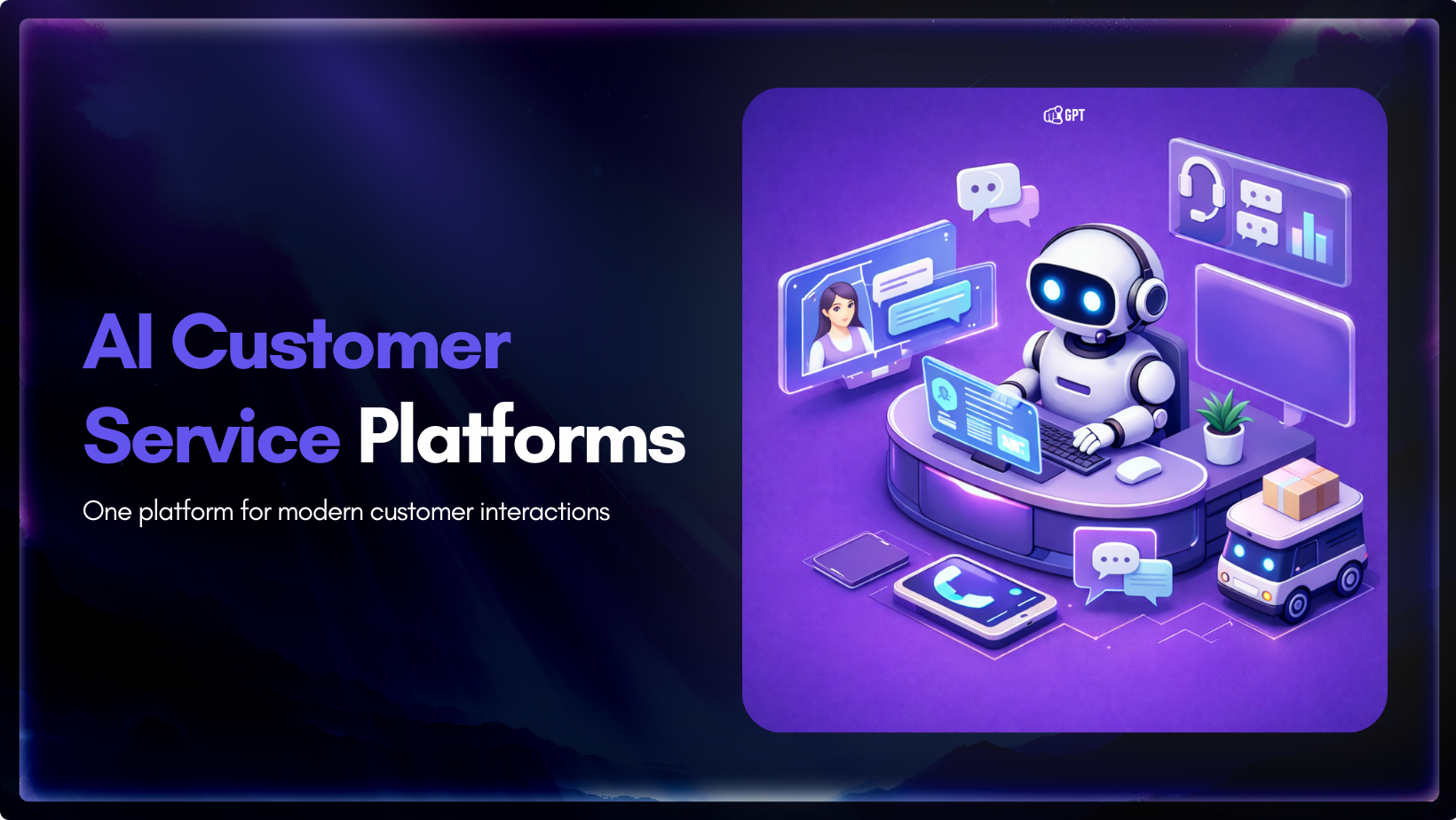
Customer support has become a central part of how modern businesses build trust and long-term relationships with their customers. As products and services grow more complex, support teams play a direct role in shaping the overall customer experience, not just in resolving issues after a sale. Support teams today manage conversations across multiple channels, respond […]

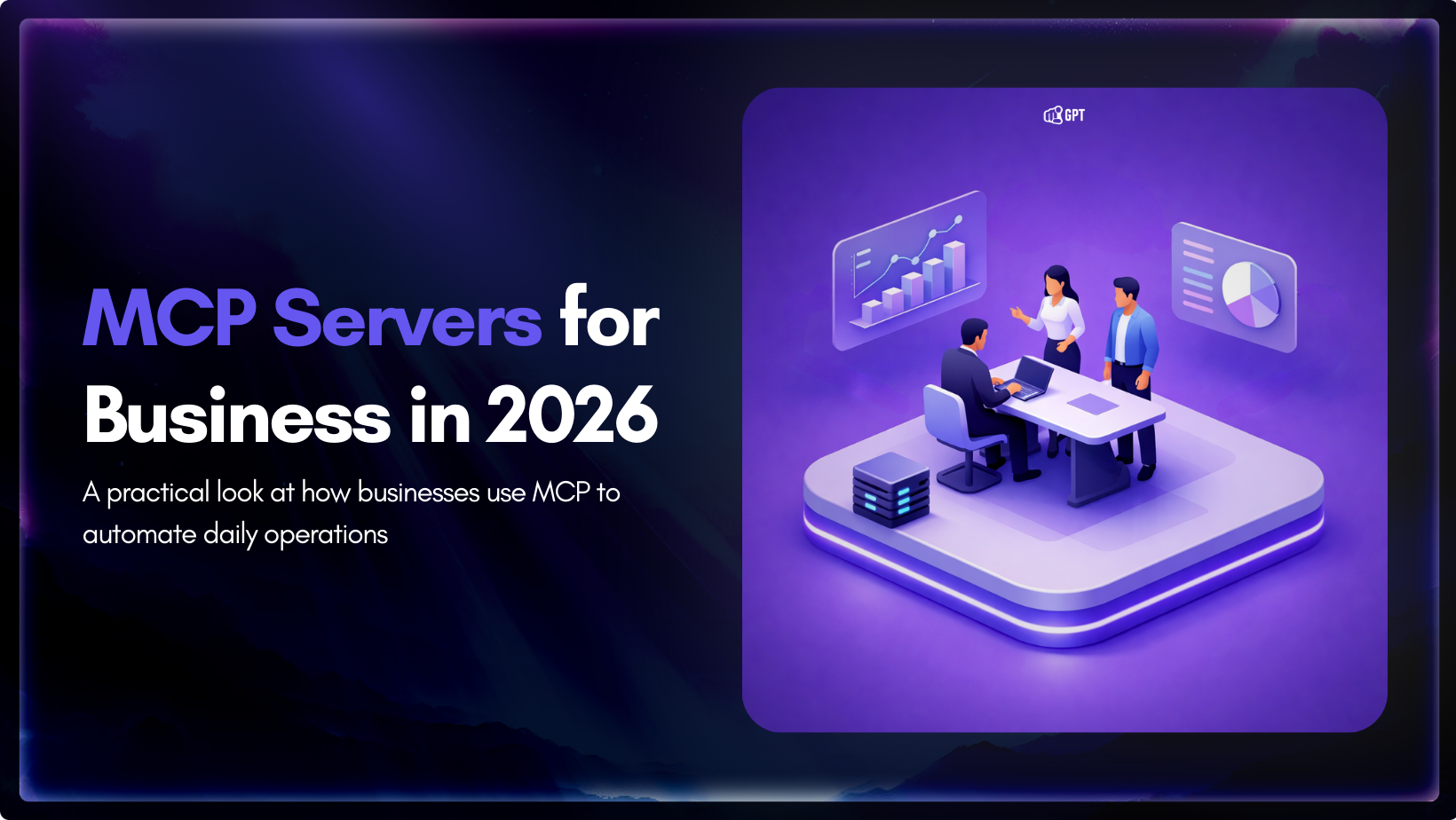
Growth-focused teams move faster when their tools work together instead of competing for attention. Modern development depends on multiple systems to ship code, review changes, monitor services, and access data. Each system serves a purpose, but routine work often means moving between dashboards, scripts, and internal tools. These small transitions shape how consistently a team […]

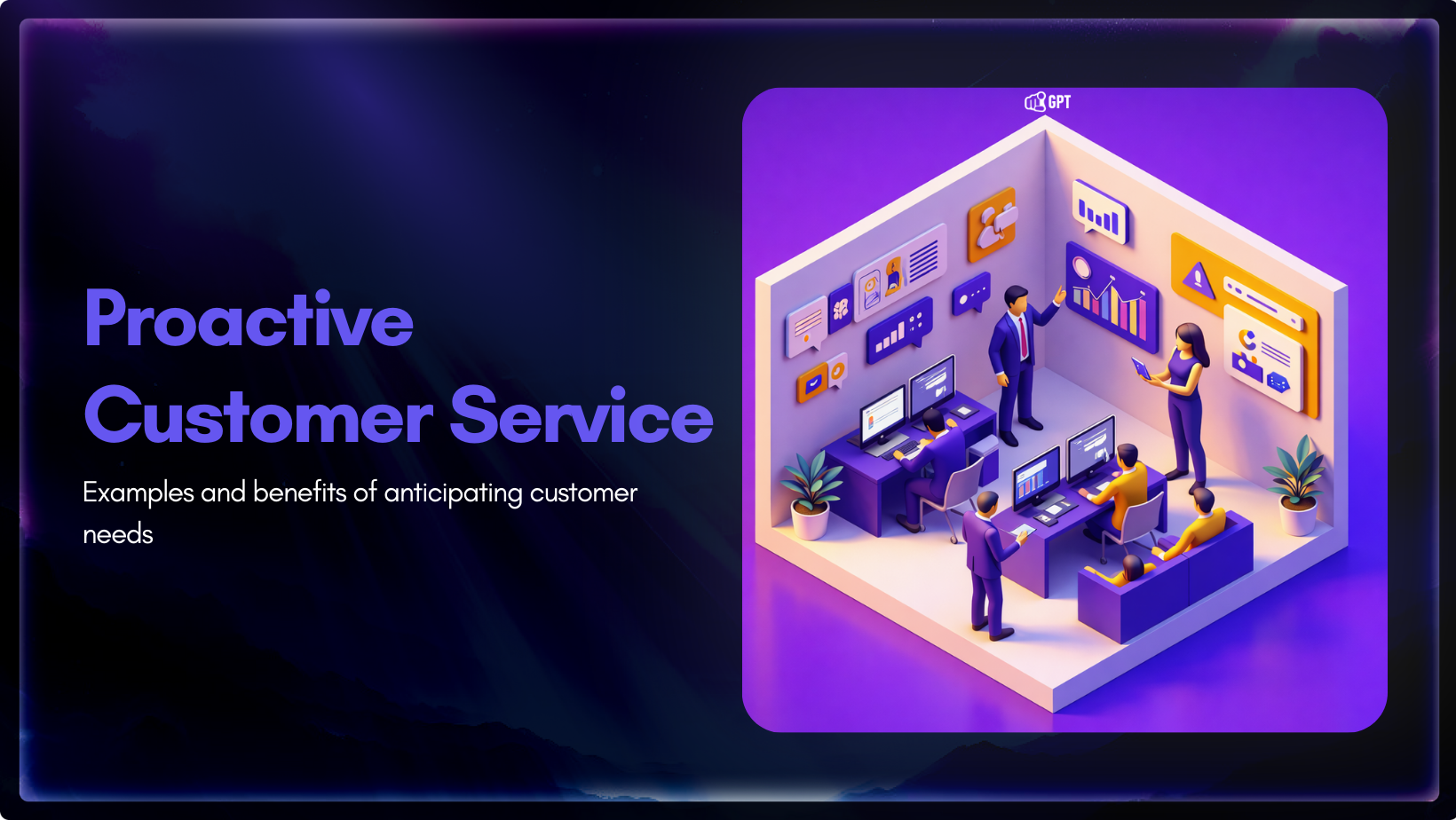
Most customer service moments begin long before a ticket is created. Something feels off. A payment does not go through. A delivery update stops moving. A user gets stuck at the same step and tries again. Customers usually pause, check, retry, and wait before they decide to ask for help. Proactive customer service works inside […]

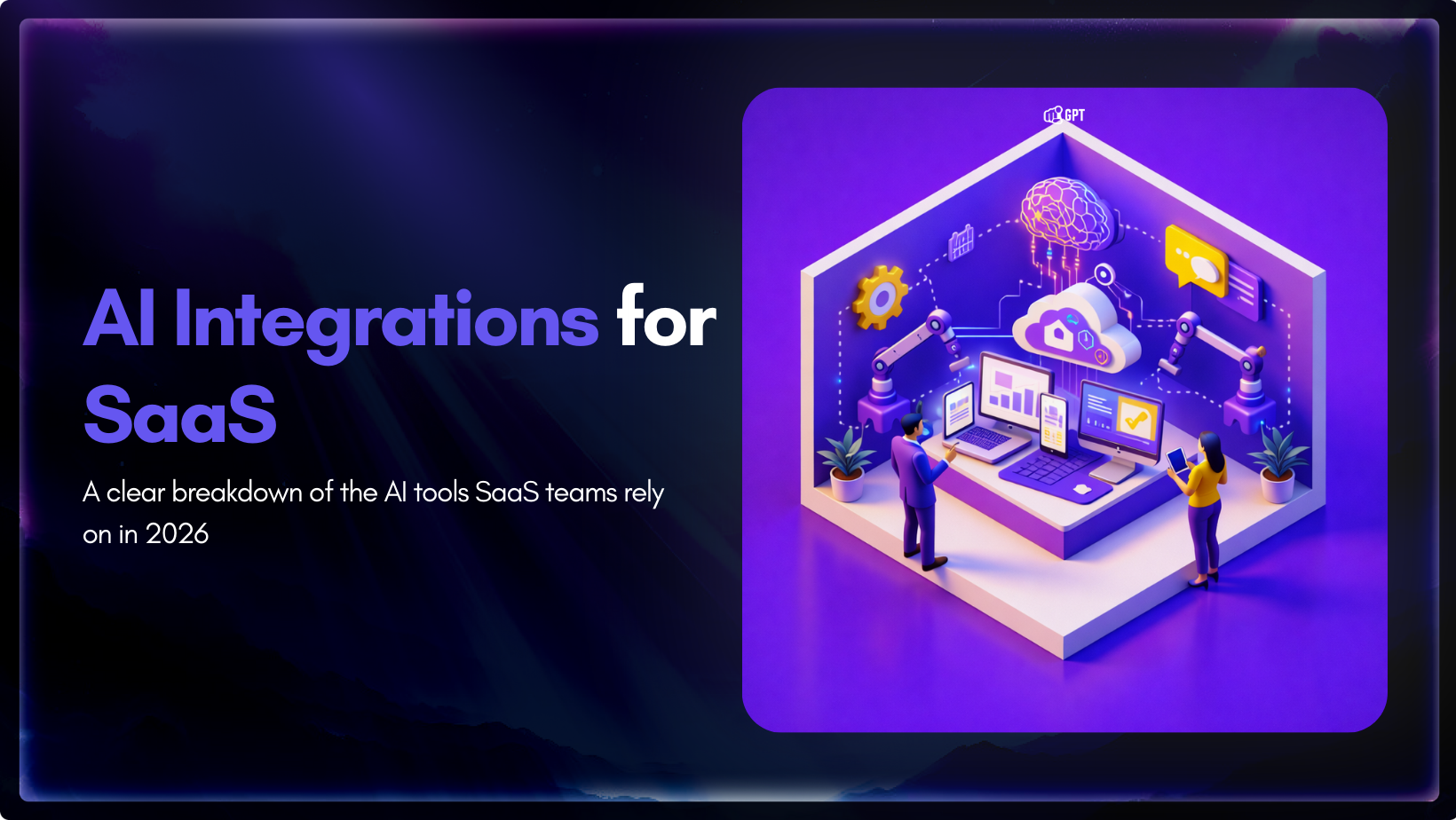
AI has become a core part of how modern SaaS products are built and delivered. In 2026, customers expect intelligent assistance to be available throughout their journey, from onboarding and everyday product usage to support and account management. Inside SaaS teams, AI is increasingly used to speed up workflows, reduce repetitive tasks, and improve how […]

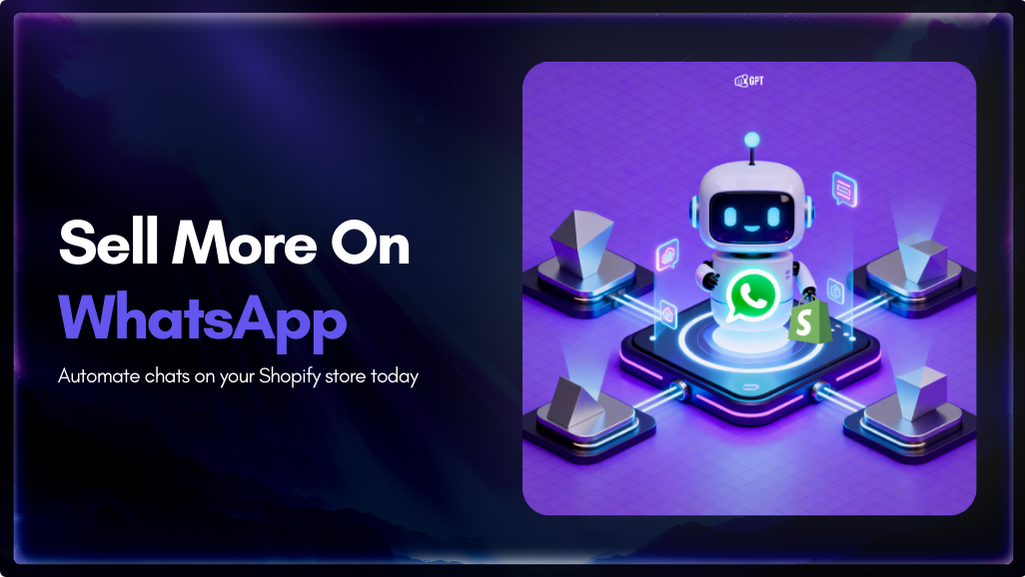
Shopify stores often use a chatbot on their website to handle product questions, order updates, and support. But customers also message on WhatsApp expecting the same quick answers. Most of them already use WhatsApp throughout the day, so reaching out there feels natural. A chatbot that works across both channels responds in seconds, guides purchase […]


Most businesses do not struggle to generate leads. They struggle to know which ones are worth acting on. Forms get filled, DMs arrive, emails are opened, and chats happen across multiple tools. Some prospects convert. Most do not. The real problem is that there is no reliable way to tell, early enough, which signals actually […]
